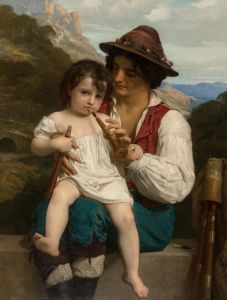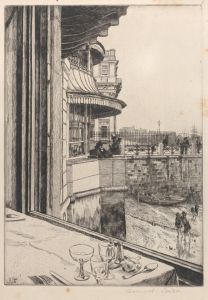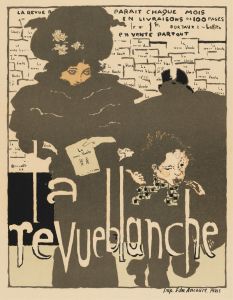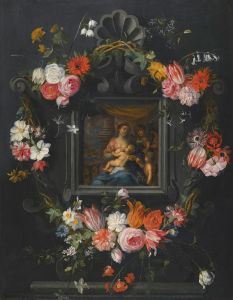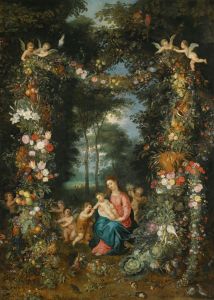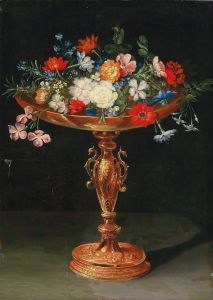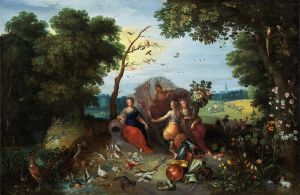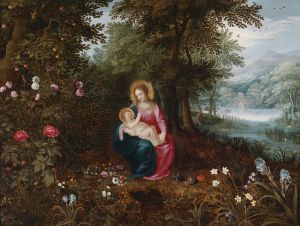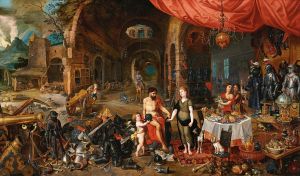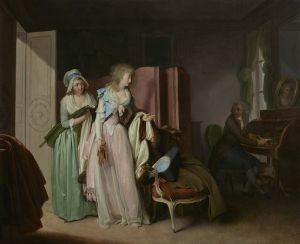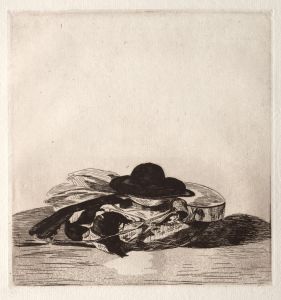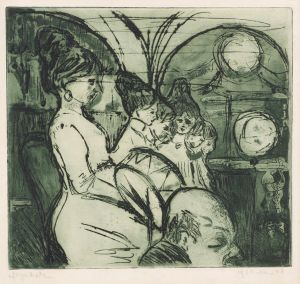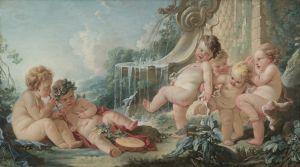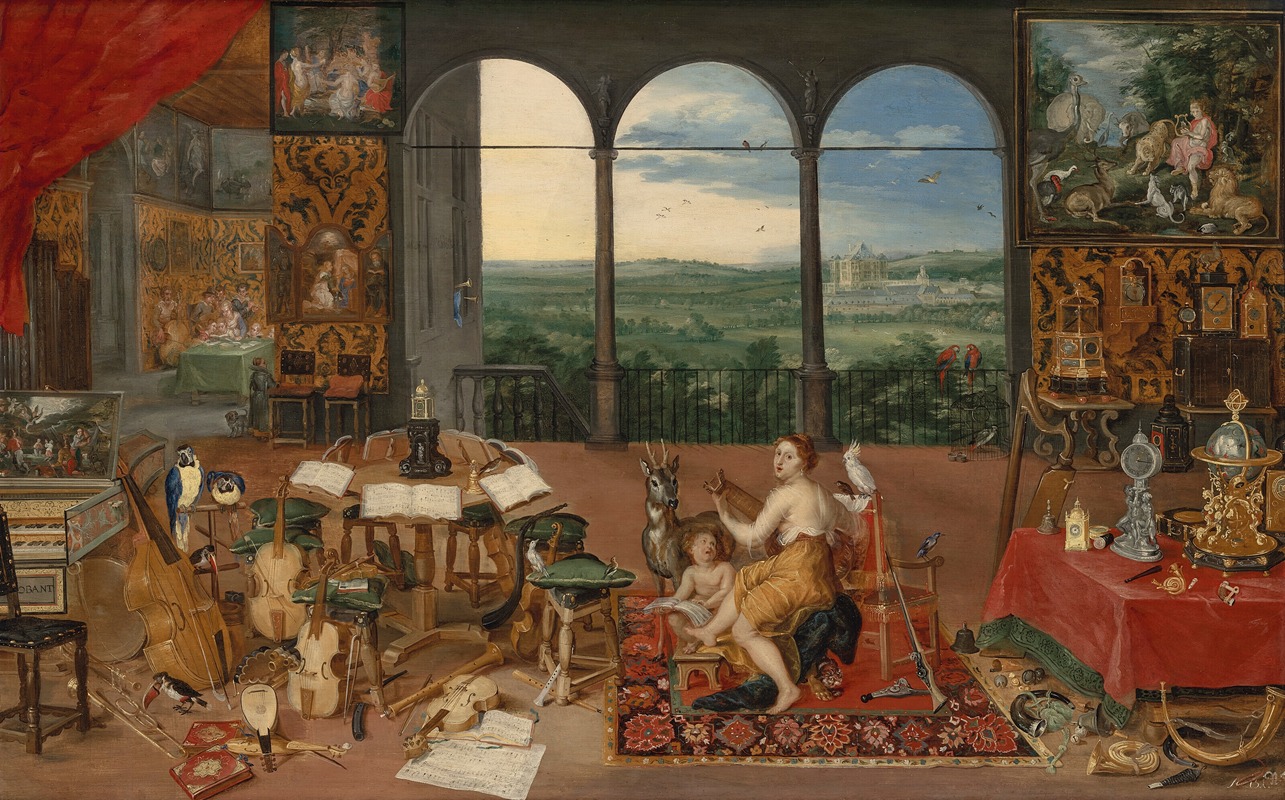
The Five Senses; Hearing
A hand-painted replica of Jan Brueghel the Younger’s masterpiece The Five Senses; Hearing, meticulously crafted by professional artists to capture the true essence of the original. Each piece is created with museum-quality canvas and rare mineral pigments, carefully painted by experienced artists with delicate brushstrokes and rich, layered colors to perfectly recreate the texture of the original artwork. Unlike machine-printed reproductions, this hand-painted version brings the painting to life, infused with the artist’s emotions and skill in every stroke. Whether for personal collection or home decoration, it instantly elevates the artistic atmosphere of any space.
Jan Brueghel the Younger was a prominent Flemish Baroque painter, known for his detailed and vibrant works that often depicted allegorical themes and intricate landscapes. One of his notable series is "The Five Senses," which he collaborated on with other artists, including Peter Paul Rubens. Each painting in this series represents one of the five human senses: sight, hearing, taste, touch, and smell. "The Five Senses; Hearing" is one of these allegorical paintings, showcasing the sense of hearing through a rich and detailed composition.
"The Five Senses; Hearing" is characterized by its elaborate depiction of musical instruments and a lively scene that emphasizes auditory experiences. The painting is set in a luxurious interior, filled with a variety of musical instruments such as lutes, violins, and harpsichords, which are meticulously rendered to showcase Brueghel's attention to detail. The presence of these instruments highlights the theme of hearing, as they are central to the production of music and sound.
In the foreground, figures are often depicted engaging with the instruments, either playing them or listening intently, which further emphasizes the auditory theme. These figures are typically dressed in opulent clothing, reflecting the wealth and cultural sophistication associated with music during the Baroque period. The inclusion of such figures not only adds a human element to the painting but also serves to illustrate the enjoyment and appreciation of music as a sensory experience.
The background of the painting often includes additional elements that contribute to the theme of hearing. This may include open windows or doors that suggest the flow of music beyond the confines of the room, symbolizing the pervasive and far-reaching nature of sound. The careful arrangement of objects and figures within the composition demonstrates Brueghel's skill in creating a harmonious and balanced scene that draws the viewer's attention to the central theme.
Jan Brueghel the Younger's collaboration with other artists, such as Rubens, in creating "The Five Senses" series is a testament to the collaborative nature of art during the Baroque period. These collaborations allowed for the combination of different artistic skills and styles, resulting in works that were both visually and thematically rich. In "The Five Senses; Hearing," the interplay between Brueghel's detailed still life elements and the dynamic figures often attributed to his collaborators creates a vibrant and engaging composition.
Overall, "The Five Senses; Hearing" is a celebration of the auditory sense, capturing the beauty and complexity of music through a carefully crafted scene that combines elements of still life, portraiture, and allegory. The painting is a fine example of Jan Brueghel the Younger's ability to convey complex themes through detailed and harmonious compositions, making it a significant work within the context of Baroque art.





